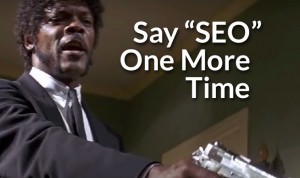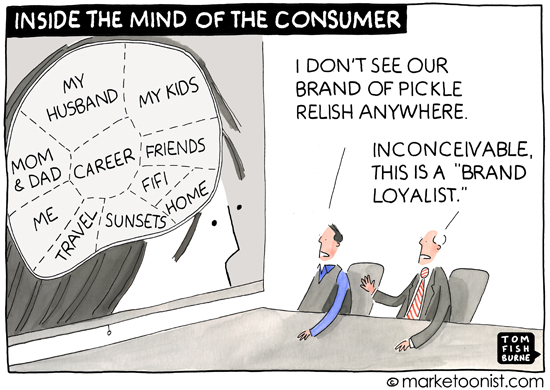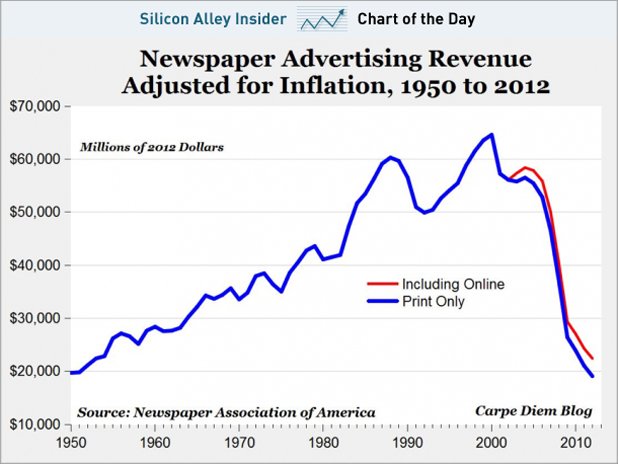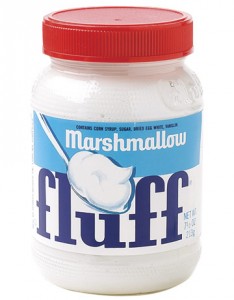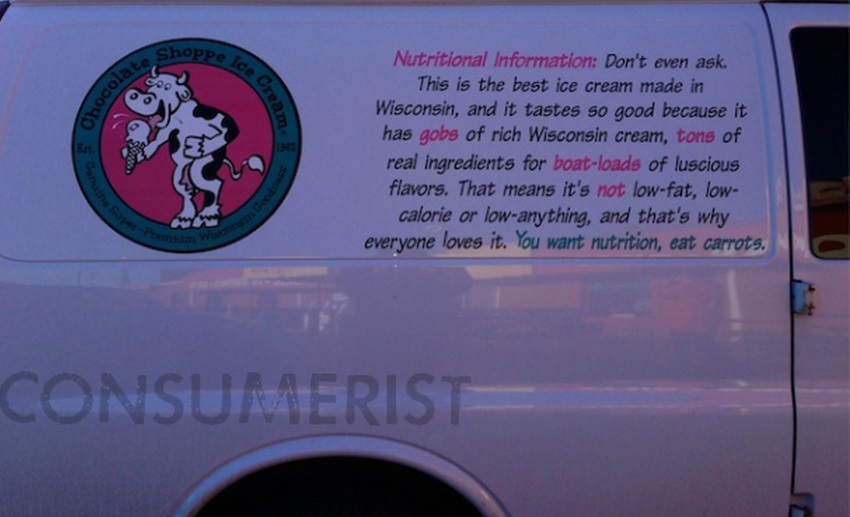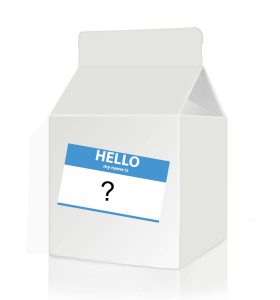So here we are again.
Another lockdown, albeit less restrictive, yet still is a cause for concern for the majority of businesses in the Klang Valley.
The economy is being pummelled with the 3rd wave and quite frankly the numbers are scary. The only positive is that the hotspots are isolated, but only time will tell if they are under control.
It’s strange that less than a year ago we were nonchalantly shaking hands, socialising in packed restaurants and jetting-off on our well-deserved vacations. And now we just sit around wondering if this sore throat was from too much iced water, or something more sinister.
But we shouldn’t wallow in despair. Even in a CMCO, which invariably results in some downtime for most business, it’s important to have a routine – no matter how pointless it seems.

If it’s not business-as-usual, perhaps we can take the opportunity to do some marketing housekeeping, especially for cash-strapped SMEs that need to make full use of their resources.
There are countless initiatives that can be undertaken from a marketing perspective to clear the cobwebs, re-direct and refresh. And here are the top 5:
Optimise Your Website
A lot of businesses just build website, launch it, and then forget about it. But serious businesses in the digital age are constantly tweaking and improving, because they know web optimisation is neither an overnight nor finite process. Start a blog, work on backlinks or at least refresh some of the content, lot’s can be done.
Create a Social Content Backlog
In the era of too much content, we often struggle to develop engaging content for our own social media channels amidst chaos of daily demands. Use the downtime to create a stream of relevant content – customer pain points and specific needs are thought starters. And you don’t need to use them right away, it’s a content backlog for future use when things recover
Sync Your Sales & Marketing Teams
If you have a Sales and a Marketing team, then there’s always room to get them working together towards a common goal. The efforts of these two teams need to be aligned; leading to a peaceful, results-oriented coexistence. I have written at length about this in a previous post that you can read here.
Revamp All Business-critical Comms
How often have you received an e-mail – especially in B2B engagements – that felt like it was written by an 8-year old? Audit all your typical outward communications to customers, suppliers and associates and make sure they are all well-written and free of typos. This is important to exude credibility and gain confidence; there are no two ways about it.
Explore an Alternate Customer-base
If your regular leads channel or customer stream seem to have reduced to a trickle, don’t sit around waiting for miracles. No enquiries or orders on your website? Go into social media group and engage in discussions. Walk-ins all but non-existent? Do deliveries, allow to order and pick-up or reactivate dormant customers. Move on, or risk being moved over.
The list above is basic but can get you started right away with little or no outside help. Often it takes just a bit of cleaning-up to help your business de-clutter, envision with clarity and uncover untapped markets.
For now, let’s hope there will not be an extension of this darned CMCO. Happy marketing housekeeping!

